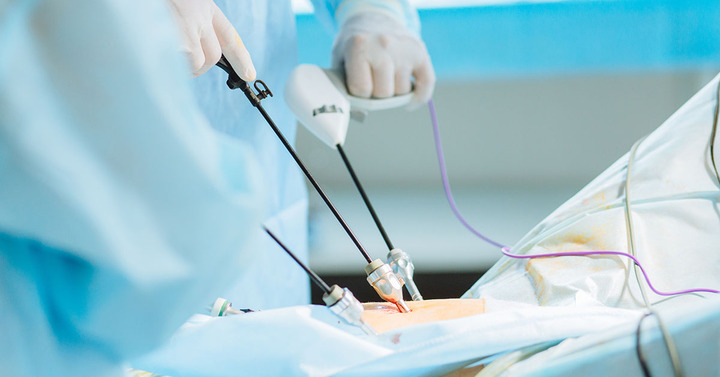Laparoscopic surgery, also known as minimally invasive surgery, is a modern surgical technique that offers several benefits compared to traditional open surgeries. One common concern among individuals considering Laparoscopic Surgery Dubai is the level of pain associated with the procedure. In this article, we will explore whether laparoscopic surgery is painful and provide insights into pain management strategies during and after the surgery.
Laparoscopic surgery involves performing surgical procedures through small incisions using a laparoscope—a thin, flexible tube with a camera and surgical instruments. The camera provides a magnified view of the surgical site, allowing the surgeon to perform precise movements. This technique is widely used for various procedures, including gallbladder removal, hernia repair, and appendectomy.

One of the significant advantages of laparoscopic surgery is the reduced pain and discomfort experienced by patients. Unlike traditional open surgeries, laparoscopic procedures involve smaller incisions, resulting in less tissue damage. Consequently, patients often report experiencing less post-operative pain compared to open surgery.
Laparoscopic surgery requires smaller incisions, typically ranging from 0.5 to 1.5 centimeters. These smaller incisions result in less trauma to the surrounding tissues, leading to faster recovery times. Additionally, the reduced trauma lowers the risk of complications such as infection and bleeding.
The smaller incisions used in laparoscopic surgery lead to minimal scarring. The incisions are strategically placed in less visible areas, resulting in smaller scars that are less noticeable. This aesthetic benefit is particularly significant for individuals who prefer minimal scarring.
Laparoscopic surgery involves several steps, starting from anesthesia administration to the actual execution of the procedure.
Before the surgery begins, the patient is administered anesthesia to ensure they are comfortable and pain-free throughout the procedure. The type of anesthesia used can vary based on the specific surgical procedure and the patient's medical condition. The patient is then positioned appropriately for the surgery, ensuring optimal access to the surgical site.
Once the patient is prepared, the surgeon makes small incisions near the surgical site. The laparoscope, a long, thin tube with a camera and light source, is inserted through one of the incisions. This allows the surgeon to visualize the internal organs on a monitor.
Additional small incisions are made to accommodate the insertion of specialized surgical instruments. These instruments are used to perform the necessary procedures while minimizing tissue damage. The surgeon manipulates the instruments with precision to carry out the surgical steps.
With the laparoscope providing a clear view of the surgical site, the surgeon carefully performs the necessary steps of the procedure. The laparoscopic approach allows for precise movements, enabling the surgeon to navigate delicate structures with enhanced accuracy.
Throughout the procedure, the surgical team monitors the patient's vital signs and adjusts anesthesia levels as needed. Once the surgical steps are completed, the instruments are removed, and the incisions are closed with sutures or surgical tape.
Efficient pain management is a crucial aspect of laparoscopic surgery to ensure patient comfort during and after the procedure. Various methods are employed to minimize pain and discomfort:
Before the surgery begins, local anesthesia may be administered to numb the specific area where the incisions will be made. This helps reduce pain during the insertion of instruments and trocars. In some cases, nerve blocks may be utilized to provide targeted pain relief to specific nerves.
During laparoscopic surgery, patients are typically given intravenous pain medications to manage pain and keep them comfortable. These medications can include opioids or other pain-relieving drugs. The dosage and type of medication used are tailored to each patient's needs and medical condition.
After laparoscopic surgery, patients may experience some level of discomfort during the recovery period. To manage post-operative pain, a combination of pain medications may be prescribed, including oral analgesics or nonsteroidal anti-inflammatory drugs (NSAIDs). The surgeon will provide specific instructions on how to take these medications for effective pain relief.